People with HIV can breastfeed their babies, as long as they are taking medications that effectively suppress the virus that causes AIDS, a top US pediatricians’ group said in a sharp policy change read more
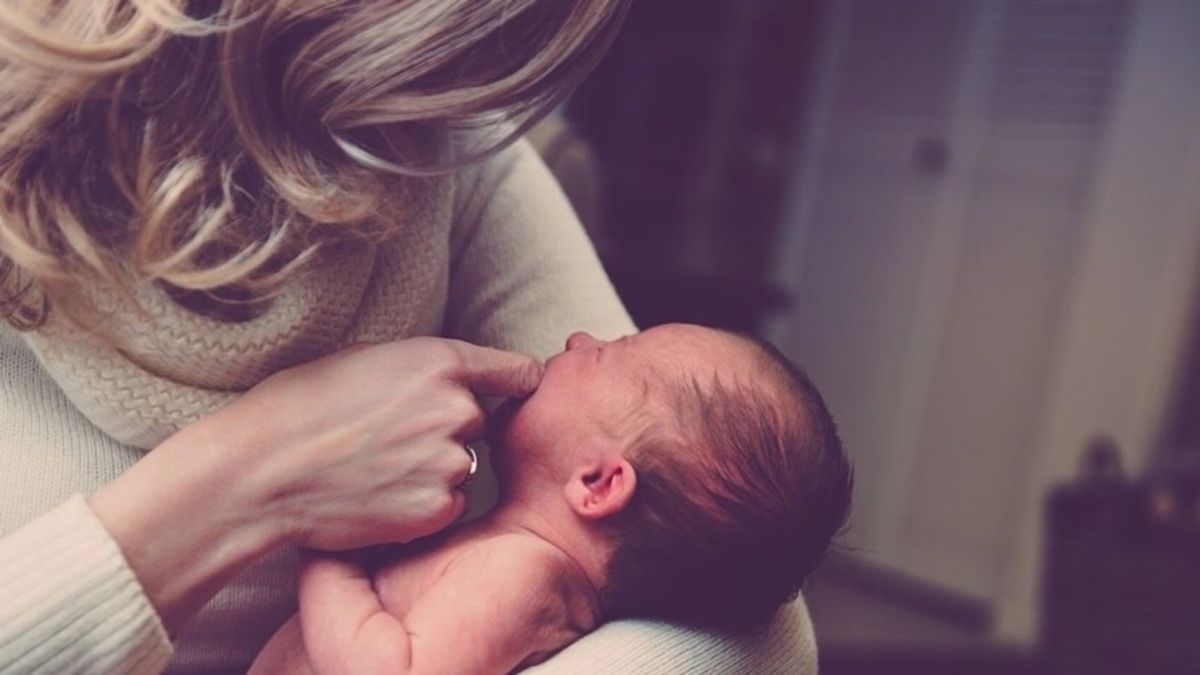)
The American Academy of Pediatrics releases updated recommendations on breastfeeding for people living with HIV. Image used for representational purposes/Pixabay
For the first time, the American Academy of Paediatrics has shifted its stance to allow mothers who are living with HIV (human immunodeficiency virus) to breastfeed their infants who are at “very low” risk as long as they follow specific recommendations and receive support from their medical team.
According to a new clinical report from the American Academy of Paediatrics published on Monday in the journal Paediatrics, breastfeeding is the only method with no risk of HIV transmission. However, paediatricians should continue to provide support and counselling to women who want to breastfeed, as long as they are adhering to their doctor’s prescription for antiretroviral therapy, or ART, and are maintaining an undetectable level of virus in their bodies.
Previously, the academy advised mothers living with HIV in the US not to breastfeed their children, irrespective of their use of antiretroviral therapy or viral load.
Antiretroviral therapy reduces HIV breastfeeding risk
The new report recognises that routinely prescribed drugs can reduce the risk of transmitting HIV via breast milk to less than one per cent, said Dr Lisa Abuogi, a pediatric HIV expert at the University of Colorado and lead author of the report.
“The medications are so good now and the benefits for mom and baby are so important that we are at a point where it is important to engage in shared decision-making,” Abuogi said.
The drugs, known as antiretroviral therapy, don’t eliminate all the risk of transmitting HIV through breast milk. Avoiding breastfeeding is the only certain way to prevent the spreading of the virus, Abuogi said.
In addition, parents must breastfeed exclusively for the babies’ first six months because research shows that switching between breast milk and formula can disrupt an infant’s gut in ways that increase the risk of HIV infection.
About 5,000 people who have HIV give birth in the US each year. Nearly all take drugs to suppress the virus to very low levels, Abuogi said, though viral levels can rebound if they don’t stay on them.
The shift in policy
Before the medications became widely available starting a decade ago, about 30 per cent of HIV infections transmitted from moms to babies occurred during breastfeeding, said Dr Lynne Mofenson, an adviser to the Elizabeth Glaser Pediatric AIDS Foundation. In the early 1990s, about 2,000 infections occurred in US infants each year. Today, it’s fewer than 30.
The AAP policy comes more than a year after the National Institutes of Health and the Centres for Disease Control and Prevention reversed longstanding recommendations against breastfeeding by people with HIV. That guidance said people with consistent viral suppression should be counselled on their options. It also emphasises that healthcare providers shouldn’t alert child protective services agencies if a parent with HIV seeks to breastfeed.
The goal is listening to patients “and not blaming or shaming them,” said Dr Lynn Yee, a Northwestern University professor of obstetrics and gynaecology who helped draft the NIH guidance.
Breastfeeding provides ideal nutrition for babies and protects them against illnesses and conditions such as obesity and Type 2 diabetes, research shows. Nursing also reduces the mother’s risk of breast and ovarian cancer, diabetes and high blood pressure.
How recommendations for HIV-positive moms are evolving
The World Health Organization has recommended since 2010 that women with HIV in developing countries breastfeed their infants and have access to antiretroviral therapy. The guidance weighed the risk of infants acquiring HIV through breastfeeding and the risk of babies dying from malnutrition, diarrhoea and pneumonia in places where safe replacements for breast milk aren’t available.
In developed nations, however, experts had recommended against breastfeeding because the wide availability of safe water, formula and human donor milk could eliminate the risk of HIV transmission, Yee said.
That frustrated people with HIV who were flatly refused the option of nursing.
Ci Ci Covin, 36, of Philadelphia, said she was diagnosed with HIV at age 20 and was not permitted to breastfeed her first child, Zion, now 13. “I couldn’t understand how come my sister who lives in a place like Kenya, who looks just like me with the same colour brown skin, was given the option to breastfeed and how my option was starkly no,” she said.
Not being able to nurse her son sent Covin into a spiral of postpartum depression, she said. When she became pregnant with her now two-year-old daughter, Zuri, her healthcare team helped her successfully breastfeed for seven months. Covin took her prescriptions as directed and also gave the baby drugs to prevent infection.
“Breast milk has everything in it that my baby would need,” Covin said. “That’s a beautiful thing.”
Abuogi said the AAP report provides crucial guidance for paediatricians, nurses and lactation specialists who work directly with children and families.
Some providers were already helping people treated for HIV to nurse their babies, despite the earlier recommendations. The new guidance should expand the practice, hopefully quickly, Abuogi said.
“This is a unique situation because it’s not just doctors and providers who are changing,” Abuogi said. “Our patients are pushing this as well.”
With inputs from AP

 3 months ago
29
3 months ago
29

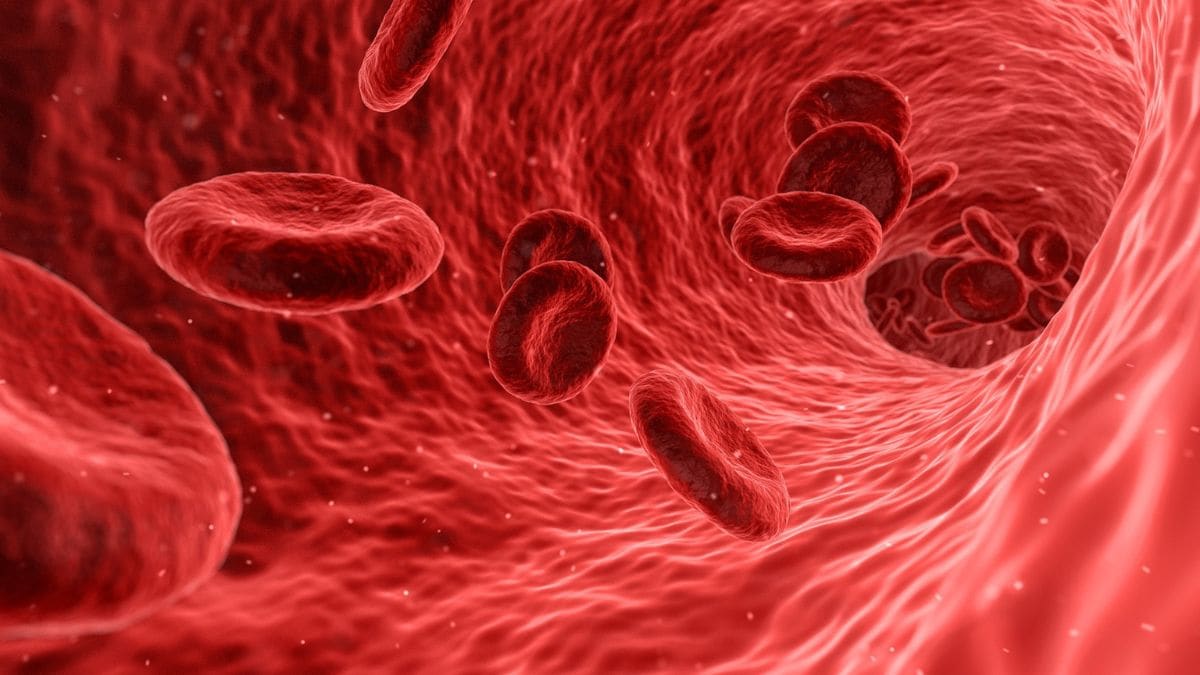
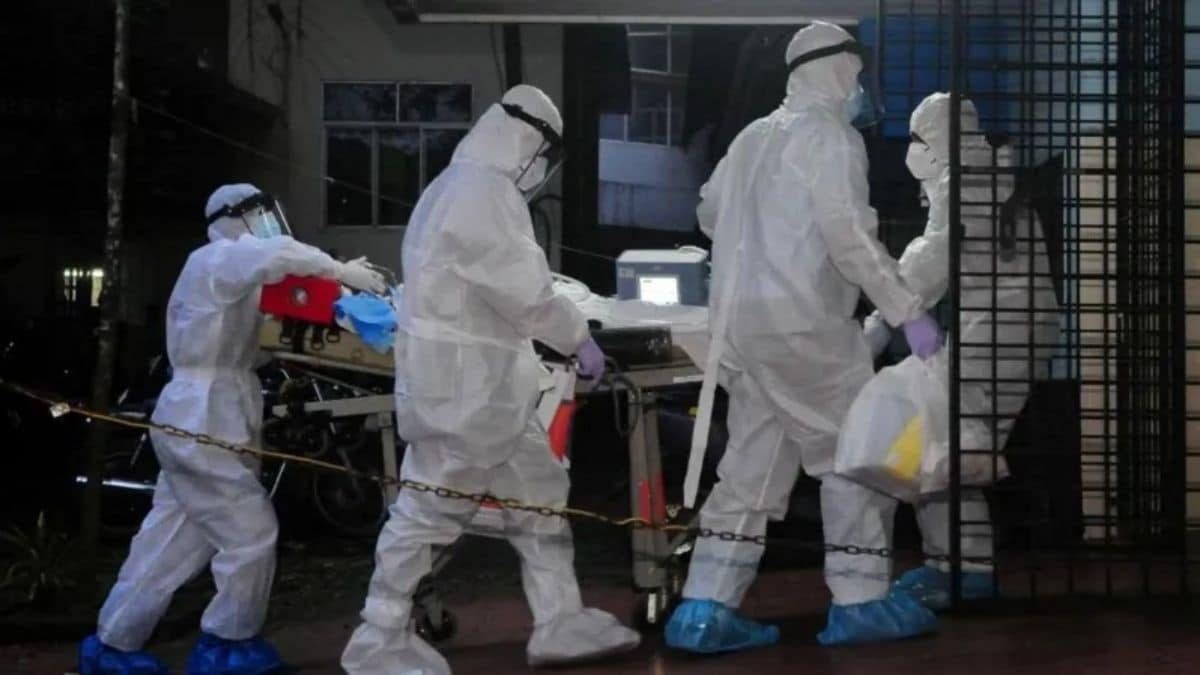
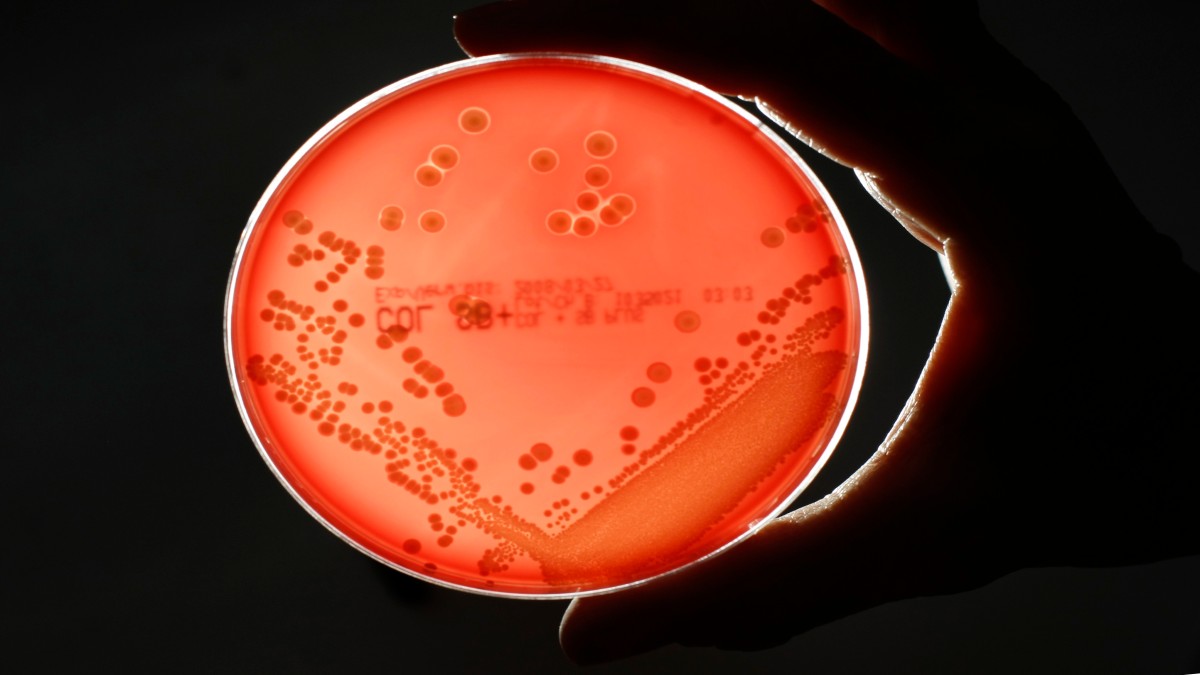
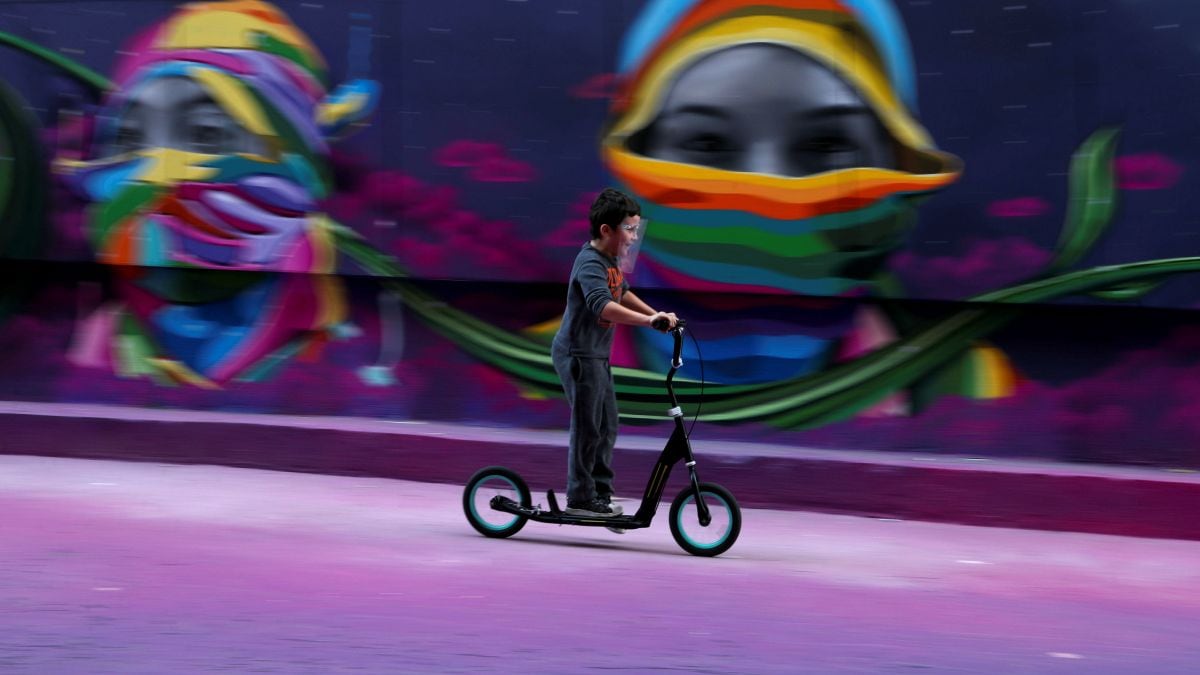




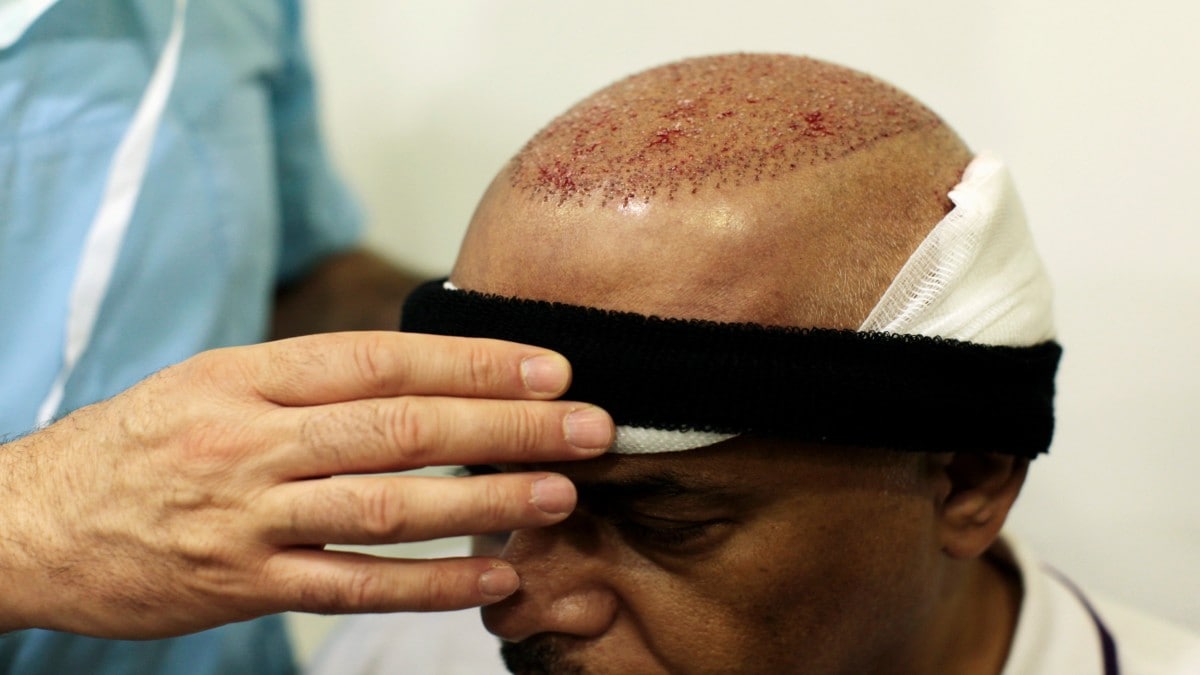





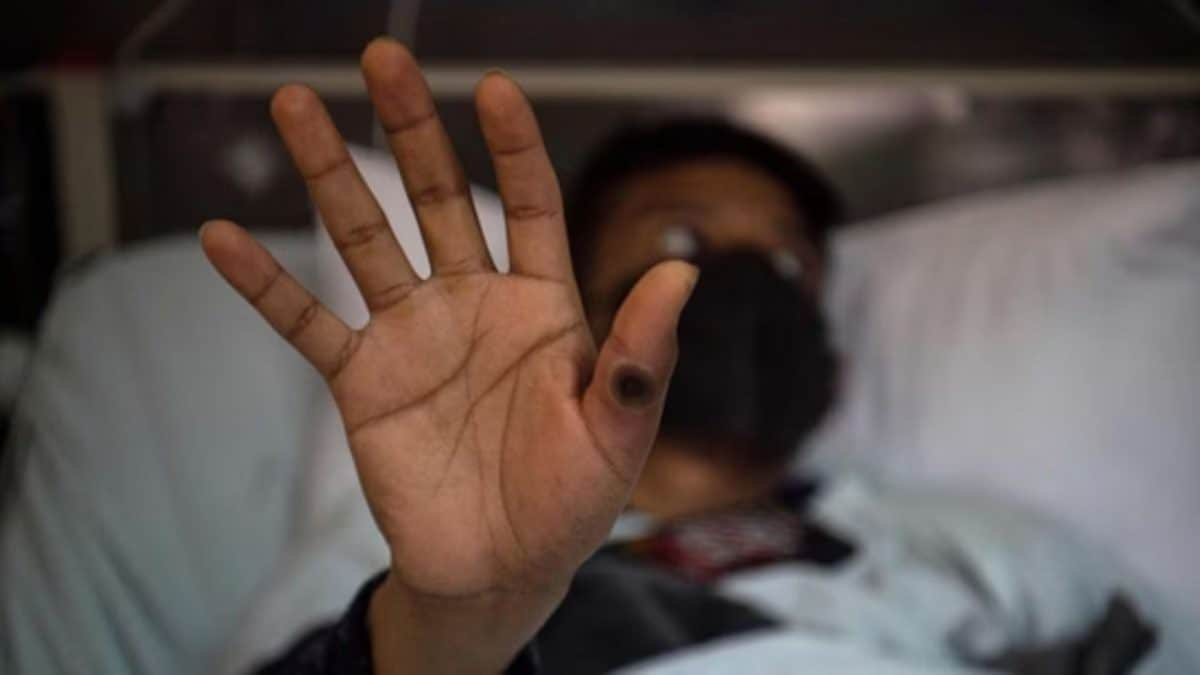
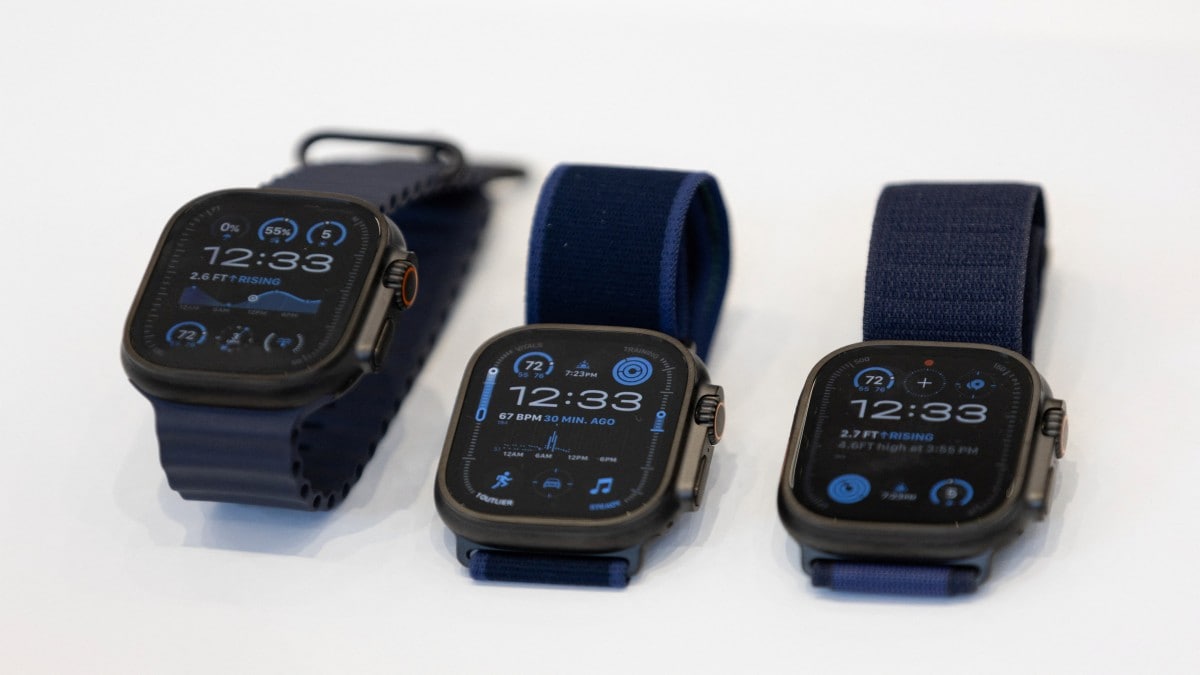

)
)
)
)
)
)
)
 English (US) ·
English (US) ·